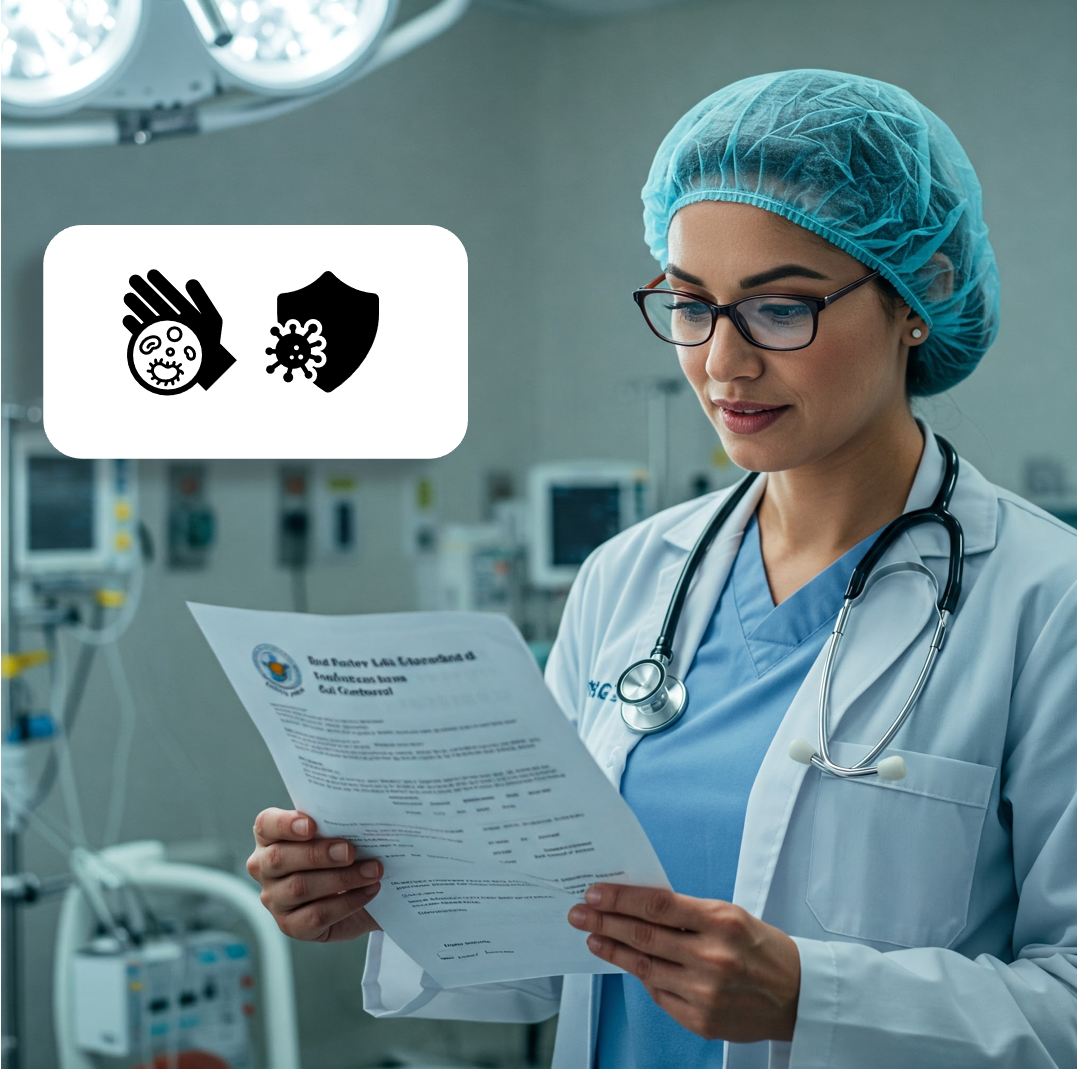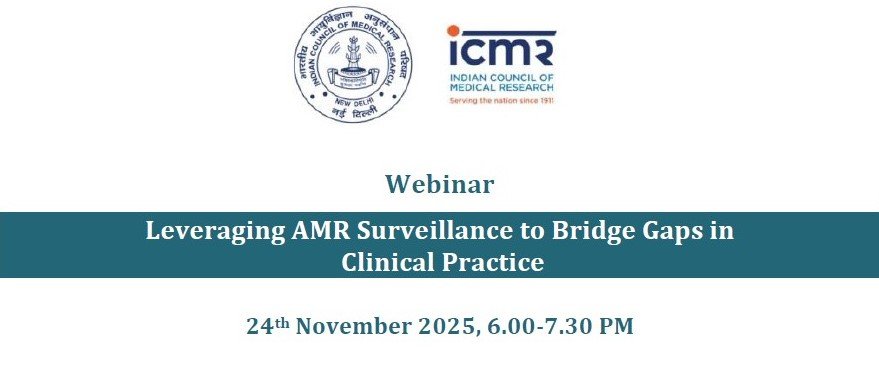Disclaimer: This post is for academic purposes only. Please read the original document if you intend to use them for clinical purposes.
This briefing document reviews excerpts from the Association for Professionals in Infection Control and Epidemiology (APIC) curriculum guide, designed to assist educational partners in developing and evaluating Infection Prevention and Control (IPC) courses and programs. It outlines key technical and behavioral competencies essential for IPC professionals across undergraduate, certificate, and graduate levels. It details content areas, provides learning objectives, and suggests instructional strategies. The document emphasizes a comprehensive approach to IPC, encompassing not only scientific and technical knowledge but also crucial behavioral skills like accountability, leadership, and collaboration, alongside considerations for quality, safety, and health equity.
Main Themes:
The curriculum guide is structured around two main categories of competencies:
-I) Technical Competencies (knowledge and skills related to the science and practice of IPC)
and
-II) Behavioral Competencies (professional attributes and interpersonal skills necessary for effective IPC practice).
I) Technical Competencies
The guide identifies nine (plus one newly included) core technical competency areas, further broken down into topics, sub-content, and expected inclusion at different educational levels (Undergraduate, Certificate, Graduate). Key technical competencies include:
- Basics of Infectious Disease: It covers fundamental concepts such as the definition of infectious diseases, modes of transmission, Healthcare-associated infections (HAIs) and their prevention, the importance of immunization, and key pathogens.
- Cleaning, Disinfection, and Sterilization: This section addresses the critical principles and practices of environmental hygiene in healthcare settings. It covers Spaulding Levels, regulatory requirements, environmental cleaning programs (staffing, infrastructure, policies, training, product selection, PPE), surface cleaning procedures, quality assurance, high-level disinfection, and sterilization methods.
- Principles of Applied Epidemiology and Surveillance: This competency focuses on the foundational aspects of infectious disease surveillance, including outbreak investigations, epidemiological methodologies, measurements (ratios, proportions, rates, prevalence, incidence, measures of association, central tendency, and dispersion, specificity & sensitivity), and surveillance plan design.
- Quality and Safety: This area emphasizes the integration of IPC programs with broader quality and patient safety initiatives. It covers the relationship between quality, safety, and IPC, high reliability and a culture of safety, health equity, performance improvement (overview, using surveillance data, methodologies like IHI, Lean, Six Sigma), risk assessment and management, healthcare worker safety, human factors engineering, quality programs and metrics, and data analysis and interpretation.
- IPC Practice and Operations: This focuses on the practical aspects of implementing and managing IPC programs. It includes the role of the IP, certification, boundaries with other departments (Employee Health, Emergency Management), professional codes of conduct, principles of infection prevention practice (hand hygiene, standard and isolation precautions, HAI prevention), bloodborne pathogen and aerosol transmissible disease programs, IPC in special populations, program drivers and design, employee health, key advisory organizations (APIC, SHEA/IDSA, CDC, WHO, etc.), and the IP as educator.
- Data Management: This competency covers the essential skills for collecting, analyzing, interpreting, and presenting IPC-related data for actionable interventions. It includes benchmarking, data collection and analysis, report preparation, and the use of technology tools like Electronic Medical Records (EMR) for design, implementation, order entry documentation, and decision support.
- Microbiology, Antimicrobial Stewardship, and Laboratory Methods: This comprehensive competency encompasses basic concepts of micro-organisms (bacteria, viruses, fungi, parasites), laboratory techniques for identification, appropriate use of tests, and principles of antimicrobial stewardship.
- Environment of Care: This competency focuses on the physical environment in which patient care is provided, emphasizing safety, functionality, and effectiveness. It includes IPC content related to construction and renovation, equipment, facility design and infrastructure, utilities and maintenance, and emergency management for air, water, and waste.
- Research Design and Evaluation: It covers the principles of research design (hierarchy of evidence, correlation, causation), critical evaluation of research (interpreting statistics, analyzing study design, literature review), and the IP’s role in research.
- Behavioral Science: This newly included competency encompasses change management and health behavior theories as well as understanding key elements of implementation and dissemination science including dissemination and implementation models, e.g. designing, implementing, and evaluating Quality improvement (QI) initiatives; developing metrics for QI; translating and using evidence-based practice and research; and approaches to disseminating research.
II) Behavioral Competencies
The guide outlines eleven behavioral competencies crucial for effective IPC practice:
- Accountability: defined as ensuring the quality and completion of work tasks and taking ownership over processes.
- Advocacy: not explicitly defined in the excerpts but implies championing IPC principles and patient safety.
- Analytical Skills: defined as the ability to collect, analyze, interpret, and present data effectively in research and problem-solving.
- Business Acumen: defined as basic concepts of budgeting, how to read and understand financial statements, understanding key financial performance indicators, and conducting cost-benefit analyses
- Collaboration/Consultation: “Collaboration” is defined as working effectively in groups (i.e., teamwork) to reach shared goals and knowing when to and proactively seeking information from interdisciplinary team members to solve problems. “Consultation” is defined as a collaborative process where an expert provides specialized knowledge, insights, and advice.
- Diversity, Equity, and Inclusion: defined as acknowledging and recognizing individual differences and the impact on individual experiences and perspectives.
- Ethics: not explicitly defined in the excerpts but pertains to ethical considerations in IPC practice and research.
- Global Perspective/Mindset: defined as an understanding of various cultures and how those cultures relate and interact with each other. The understanding of how situations impact and are impacted by viewpoints and actions from societies around the world.
- Leadership: defined as strategic planning management and leadership roles and responsibilities; also the ability to guide, inspire, influence and motivate others toward a shared vision or goal.
- Problem Solving: defined as identifying problems and reviewing related information to develop and evaluate options and implement solutions. Using logic and reasoning to identify the strengths and weaknesses of alternative solutions, conclusions, or approaches to problems.
- Relationship Management: Not explicitly defined in the excerpts but implies the ability to build and maintain positive and effective working relationships.
Key Pathogens in Healthcare
The guide highlights “Key Pathogens” in Healthcare, including:
- Surgical Site Infections (SSI)
- Clostridioides difficile infections (C diff)
- Multi-drug Resistant Organisms (MDRO)
- Emerging infectious diseases
- Viral hemorrhagic fevers (e.g., Ebola, Marburg)
- HIV
- Hepatitis
- Influenza
- Creutzfeldt Jakob Disease
- Tuberculosis
This list underscores the importance of addressing these specific infectious agents in IPC curricula.
Implications for curriculum development and evaluation:
This curriculum guide provides a valuable framework for developing and evaluating IPC educational programs. Key takeaways include:
- Comprehensive Scope: IPC education should encompass a broad range of technical knowledge, from basic microbiology to advanced epidemiology and environmental management.
- Integration of Behavioral Skills: Effective IPC practice requires not only technical expertise but also well-developed behavioral competencies such as communication, leadership, and problem-solving.
- Tiered Learning Objectives: The guide offers learning objectives tailored to different educational levels (undergraduate, certificate, graduate), allowing for progressive development of knowledge and skills.
- Emphasis on Active Learning: The inclusion of suggested instructional strategies like the socratic method, think-pair-share, and simulation highlights the importance of engaging students in active learning processes.
- Alignment with Current Challenges: The focus on antimicrobial stewardship, emerging infectious diseases, health equity, and data management reflects the evolving landscape of IPC.
- Importance of Quality and Safety: Integrating IPC principles within broader quality and patient safety initiatives is crucial for creating a culture of safety.
This curriculum guide serves as a robust foundation for ensuring that IPC professionals are equipped with the necessary knowledge, skills, and professional attributes to effectively prevent and control infections in healthcare settings though it acknowledges that some content, such as specific surveillance systems, may be more relevant to US-based programs. Educators can utilize this resource to design relevant and comprehensive educational programs that address the multifaceted nature of infection prevention and control.
Citation: “Curriculum Standards and Guidelines for Undergraduate, Certificate, and Graduate Programs for Infection Prevention” APIC – Association for Professionals in Infection Control and Epidemiology. 2024









